Home>Garden Essentials>Garden Storage>Patio Ideas: 28 Ways To Create A Stylish Garden Patio Area
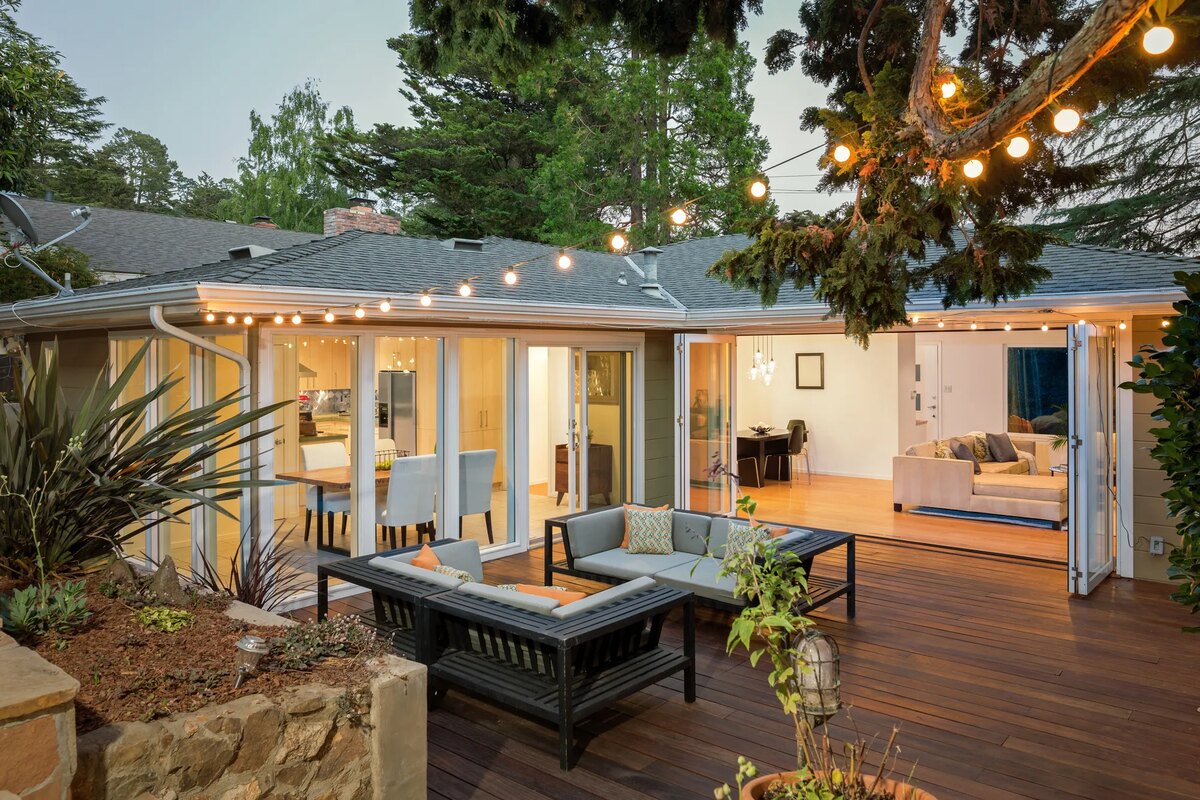

Garden Storage
Patio Ideas: 28 Ways To Create A Stylish Garden Patio Area
Modified: January 5, 2024
Discover 28 stylish patio ideas to create a garden oasis with ample storage options. Transform your outdoor space into a functional and beautiful area with these innovative storage solutions.
(Many of the links in this article redirect to a specific reviewed product. Your purchase of these products through affiliate links helps to generate commission for Storables.com, at no extra cost. Learn more)
Introduction
Welcome to our comprehensive guide on patio ideas! If you’re looking to create a stylish garden patio area, you’ve come to the right place. A patio is a perfect addition to any outdoor space, providing a versatile area for relaxation, dining, and entertaining.
Whether you have a small balcony or a spacious backyard, we have curated a collection of 28 exciting patio ideas to help you transform your outdoor space into a haven of comfort and style. From furniture selection and flooring options to lighting ideas and decorative elements, we’ll cover everything you need to know to design your dream patio.
Let’s dive in and explore the world of patio design!
Key Takeaways:
- Create a versatile and stylish outdoor space by selecting the right patio furniture, flooring, lighting, and decorative elements. Maximize comfort and functionality while reflecting your personal style.
- Maintain the longevity and beauty of your patio by following proper maintenance techniques for furniture, flooring, and other elements. Regular care ensures a welcoming and well-maintained outdoor space for years to come.
Patio Furniture Ideas
Your patio furniture plays a crucial role in creating a comfortable and inviting outdoor space. Here are some ideas to help you choose the right patio furniture:
– Consider the materials: Opt for furniture made from weather-resistant materials such as teak, aluminum, or synthetic wicker. These materials are durable and can withstand the elements.
– Think about the style: Choose furniture that complements the overall aesthetic of your garden or outdoor area. Whether you prefer a modern, minimalist look or a more traditional and rustic style, there are endless options to suit your taste.
– Consider comfort: Look for furniture with comfortable cushions and upholstery. This will encourage you and your guests to spend more time outdoors, enjoying the patio space.
– Evaluate the size: Measure your patio area before purchasing furniture to ensure a proper fit. Avoid overcrowding the space; instead, aim for a balanced layout that allows for easy movement.
Once you have chosen the perfect patio furniture, it’s time to arrange it in a way that maximizes comfort and functionality:
– Define different zones: Divide your patio into different zones based on activities such as dining, lounging, and socializing. This will help create a sense of organization and allow for smooth transitions between areas.
– Create conversation areas: Position furniture in cozy groupings that encourage conversation. Arrange chairs and sofas facing each other to promote interaction among guests.
– Consider the view: If your patio overlooks a beautiful garden or offers scenic views, arrange furniture in a way that allows you to enjoy the surrounding scenery.
– Provide shade: Place seating areas near umbrellas or shade structures to provide relief from the sun. This will make your patio more comfortable, especially during hot summer days.
– Add functional furniture: Incorporate practical pieces such as storage benches or side tables with built-in coolers. These additions not only enhance functionality but also provide convenient solutions for storing items or keeping drinks chilled.
By selecting the right patio furniture and arranging it in a thoughtful manner, you can create an outdoor space that is not only stylish but also comfortable and functional for you and your guests to enjoy.
Patio Flooring Options
When it comes to patio flooring, there are numerous materials to choose from. Here are some popular patio flooring options to consider:
– Concrete: Concrete is a versatile and cost-effective choice for patio flooring. It can be stained, stamped, or textured to create unique designs. Additionally, it is durable and low-maintenance.
– Wood: Natural wood flooring adds a warm and rustic charm to your patio. However, it requires regular maintenance, such as sealing and periodic cleaning, to prevent weathering and rot.
– Composite decking: Composite decking offers the look of wood with the durability and low-maintenance benefits of synthetic materials. It is resistant to fading, scratching, and mold growth, making it ideal for outdoor use.
– Natural stone: Flagstone, limestone, and slate are popular choices for patio flooring due to their natural beauty and durability. However, they may require professional installation and periodic sealing to maintain their appearance.
– Brick: Brick flooring provides a classic and timeless appeal to any patio. It is durable, slip-resistant, and requires minimal maintenance. Additionally, you can choose from different patterns and colors to match your design preferences.
– Rubber: Rubber flooring is a practical option for patios, especially for areas that receive high foot traffic. It is shock-absorbent, slip-resistant, and easy to clean. Furthermore, rubber tiles come in various colors and patterns to suit your style.
Once you have chosen your patio flooring material, it’s essential to maintain it properly to ensure its longevity and aesthetic appeal:
– Regular cleaning: Sweep or use a leaf blower to remove debris from the patio surface. Use a mild detergent and water to clean any stains or dirt. Avoid using harsh chemicals that may damage the flooring material.
– Sealing: Depending on the type of flooring, you may need to apply a sealant to protect it from moisture, staining, and UV damage. Follow the manufacturer’s instructions for the appropriate sealant and frequency of application.
– Avoid abrasive cleaners: Harsh abrasive cleaners can cause scratches or damage to the patio flooring. Use gentle cleaning solutions and non-abrasive tools when cleaning.
– Prevent damage: Place furniture glides or pads underneath the legs of your patio furniture to avoid scratching or denting the flooring. Avoid dragging heavy objects across the patio surface.
By selecting the right patio flooring material and following maintenance tips, you can ensure that your patio remains beautiful and functional for years to come.
Patio Lighting Ideas
Lighting is a crucial element in patio design, as it creates ambiance and enhances the overall aesthetic of your outdoor space. Here are some patio lighting ideas to help you create a cozy and inviting atmosphere:
– String lights: String lights are a popular and versatile option for patio lighting. They can be hung across the patio area, creating a warm and enchanting glow. Choose between classic white bulbs or opt for colorful lights to add a festive touch.
– Lanterns: Lanterns are both functional and decorative, adding a charming and rustic touch to your patio. You can use traditional candles or LED candles for a safer and longer-lasting option. Hang lanterns from tree branches or place them on tables for a cozy glow.
– Pathway lights: Pathway lights not only provide functional illumination but also add a touch of elegance to your patio. Use low-voltage LED lights to line walkways or surround your patio area. This not only enhances safety but also creates a magical atmosphere.
– Spotlights: Spotlights are ideal for highlighting specific areas of your patio, such as outdoor artworks, plants, or architectural features. Use well-placed spotlights to create focal points and add drama to your outdoor space.
– Wall sconces: Wall sconces are a great way to add ambient light to your patio walls. They come in various styles and finishes, allowing you to match them with your patio’s design theme. Install wall sconces near seating areas or entry points for a welcoming glow.
– Solar-powered lights: Solar-powered lights are an eco-friendly option that harnesses energy from the sun. They are easy to install and can be used to illuminate pathways, trees, or other garden features. Opt for solar-powered lights with adjustable brightness levels to customize the lighting according to your needs.
– Fire torches: Fire torches or fire pits not only provide warmth but also create a mesmerizing and cozy ambiance. They are perfect for evening gatherings, adding a touch of drama and sophistication to your patio area.
Remember to layer your patio lighting by using a combination of these fixtures to create different levels of illumination. This will help create depth and enhance the overall atmosphere of your outdoor space.
With these patio lighting ideas, you can transform your patio into a captivating and inviting environment that you and your guests will love spending time in.
Patio Color Schemes
Color plays a vital role in patio design, as it can completely transform the look and feel of your outdoor space. Here are some tips on using color to enhance the aesthetic of your patio and choosing the right hues for your outdoor space:
– Consider the surroundings: Take inspiration from your garden or the natural elements surrounding your patio. Choose colors that complement the foliage, flowers, or other features in your outdoor space. Earthy tones such as greens, browns, and neutrals can create a harmonious and tranquil atmosphere.
– Create a focal point: Select a bold color that serves as a focal point in your patio design. This could be a vibrant accent wall, a colorful furniture piece, or a statement accessory. This will add visual interest and draw attention to specific areas.
– Harmonize with your home’s exterior: If your patio is an extension of your home, consider the color palette of your house. Choose hues that harmonize with the exterior of your home to create a cohesive and unified look.
– Play with contrast: Use contrasting colors to create depth and visual interest. For example, pair cool blues with warm yellows or vibrant oranges with calming greys. This will add a dynamic and energetic vibe to your patio.
– Incorporate natural elements: Use natural materials such as stone, wood, or plants to infuse natural colors into your patio design. These neutral tones will create a serene and organic atmosphere.
– Consider the mood: Different colors evoke different moods and emotions. For a relaxing and serene patio, opt for cool tones such as blues and greens. For a vibrant and energetic atmosphere, choose warm colors such as reds and oranges. Determine the mood you want to create and select colors accordingly.
– Balance bold and neutral hues: If you’re hesitant about using bold colors, start with a neutral color scheme as a base and then introduce pops of color through cushions, rugs, or accessories. This allows you to experiment with different hues while maintaining a cohesive look.
– Test before committing: Before painting walls or purchasing large furniture pieces in specific colors, test out different colors on small areas or samples. This will help you visualize how the colors will look in your space and determine if they work well together.
Remember, color is a powerful tool that can greatly impact the overall aesthetic and atmosphere of your patio. By carefully selecting and incorporating colors into your patio design, you can create a welcoming and visually appealing outdoor space that reflects your personal style and enhances your enjoyment of the outdoors.
Patio Planters and Gardening Ideas
Bringing greenery into your patio design can add a refreshing and vibrant touch to your outdoor space. Here are some ideas for incorporating planters and gardening into your patio design, along with tips for selecting plants that thrive in outdoor conditions:
– Choose the right planters: Select planters that complement your patio’s style and theme. Consider the material, size, and shape of the planters. Options range from terracotta and ceramic to metal and wooden planters. Ensure they have proper drainage holes to avoid waterlogged soil.
– Vertical gardening: Utilize vertical space by adding hanging baskets, trellises, or vertical planters. This is a great solution for small patios as it maximizes space and adds a lush and green backdrop to your outdoor area.
– Mix different plant types: Create visual interest by mixing various plant types in your patio planters. Combine tall plants, trailing vines, and blooming flowers to add depth and texture to your patio design.
– Consider sunlight and climate: Before selecting plants, observe the amount of sunlight your patio receives throughout the day. Choose plants that thrive in the specific conditions of your patio’s location—full sun, partial shade, or shade. Consider the climate in your area and select plants that are suitable for your region.
– Choose low maintenance plants: If you have a busy lifestyle or are new to gardening, opt for low-maintenance plants that require minimal care. Succulents, cacti, and herbs like rosemary and mint are excellent choices. They are drought-tolerant and can withstand various weather conditions.
– Seasonal rotation: Consider rotating plants based on the seasons to keep your patio looking fresh and vibrant all year round. Choose flowers and plants that bloom during different seasons to ensure a continuous display of colors and textures.
– Incorporate edible plants: For a functional and visually appealing patio, include edible plants such as herbs, vegetables, or fruit-bearing trees. Not only will you have fresh produce readily available, but these plants also add an element of freshness and aroma to your patio.
– Create a focal point: Use a large planter or a group of planters to create a focal point in your patio design. Place a statement plant or a lush arrangement of flowers as a centerpiece to draw attention and create a vibrant and inviting atmosphere.
– Maintenance and care: Regularly water and fertilize your patio plants to ensure their healthy growth. Prune and trim them as needed to maintain their shape and prevent overgrowth. Remove any dead or yellowing leaves to keep your planters looking fresh and well-maintained.
By incorporating greenery and planters into your patio design, you can create a lush and inviting outdoor space. Select plants that thrive in your patio’s conditions, experiment with different plant combinations, and provide proper maintenance for a beautiful and thriving patio garden.
Patio Privacy Solutions
Creating a private and secluded atmosphere in your patio area is essential for enjoying uninterrupted relaxation and comfort. Here are some patio privacy solutions to ensure privacy and add a sense of seclusion to your outdoor space:
– Privacy screens: Install privacy screens or panels to block the view from neighboring properties or busy streets. These can be made from various materials such as bamboo, wood, or metal and can be placed strategically to create designated private areas within your patio.
– Lattice or trellis panels: Lattice or trellis panels provide both privacy and a beautiful backdrop for your patio. Train climbing plants such as jasmine or ivy to grow on the panels, creating a natural and visually pleasing privacy screen.
– Tall hedges or shrubs: Planting tall hedges or shrubs along the perimeter of your patio can add a lush and natural privacy barrier. Choose evergreen varieties for year-round privacy and select plants that thrive in your climate and growing conditions.
– Outdoor curtains or shades: Install outdoor curtains or shades that can be drawn to create a private and sheltered space. Choose weather-resistant fabrics that can withstand outdoor conditions, and opt for neutral or muted tones that blend well with your patio design.
– Vertical gardens: Create a living wall or vertical garden using planters or pocket systems. These green walls not only provide privacy but also add a visually striking element to your patio design. Choose plants with dense foliage or trailing vines for optimal coverage.
– Shade sails or canopies: Install shade sails or canopies above your patio to provide both shade and privacy. These overhead coverings can create a secluded and intimate feel in your outdoor space while protecting you from the sun’s rays.
– Water features: Incorporate water elements such as fountains, ponds, or waterfalls into your patio design. The ambient sound of flowing water can create a calming and private atmosphere, masking any unwanted noise from the surroundings.
– Privacy planters: Use large planters filled with tall plants or trees to create a natural privacy barrier. This not only provides seclusion but also adds greenery and beauty to your patio. Choose plants with lush foliage that can grow to the desired height.
– Decorative partitions or dividers: Utilize decorative partitions or dividers to create separate areas within your patio and add privacy. These can be made from materials such as wood, metal, or fabric and can be customized to match your patio’s style and aesthetic.
By implementing these creative privacy solutions, you can enjoy your patio in seclusion and create a serene and private oasis in your outdoor space.
Patio Shade Ideas
When designing your patio, it’s crucial to consider shade options to protect yourself and your guests from the sun’s rays. Here are some patio shade ideas to help you create a comfortable and shaded outdoor space:
– Patio umbrellas: Patio umbrellas are a classic and versatile shade solution. They come in various shapes, sizes, and styles, allowing you to select the perfect umbrella for your patio. Opt for a durable and UV-resistant fabric to provide maximum sun protection.
– Canopies and awnings: Canopies and retractable awnings are ideal for larger patios as they provide extensive coverage. They can be mounted to the side of your house or freestanding, depending on your patio’s layout. Look for options that can be easily adjusted to provide shade at different times of the day.
– Pergolas: A pergola is a stylish and permanent shade structure that adds architectural interest to your patio. It typically consists of a framework with open beams and latticed sides. You can train climbing plants to grow on the pergola, providing a natural shade solution.
– Shade sails: Shade sails are triangular or rectangular pieces of fabric that can be tensioned between anchor points to create a unique and contemporary shade option. They come in various colors and sizes, allowing you to customize the look and feel of your patio.
– Gazebos: Gazebos are freestanding structures with a solid roof and open sides. They provide full overhead shade and a cozy and intimate atmosphere. Consider adding netted walls or curtains to keep bugs at bay while enjoying your patio.
– Outdoor curtains: Install outdoor curtains that can be drawn to provide shade and privacy. Opt for light and airy fabrics that allow airflow while blocking the sun’s rays. Choose colors and patterns that complement your patio’s design theme.
– Shade trees: Planting shade trees strategically around your patio can provide natural shade and a beautiful canopy. Choose trees with broad leaves and a dense canopy to create optimal shade coverage.
– Shade-loving plants: If your patio receives limited sunlight, consider incorporating shade-loving plants such as ferns, hostas, or impatiens. These plants thrive in shaded areas and can add a touch of greenery to your patio while providing natural shade.
– Outdoor blinds or shades: Install outdoor blinds or shades that can be pulled down to block the sun’s rays. These are especially useful for areas that receive direct sunlight during certain times of the day.
Remember to position your shade solutions strategically to ensure maximum coverage and protection throughout the day. By implementing these patio shade ideas, you can create a cool and comfortable outdoor space where you can relax and enjoy your patio even on hot and sunny days.
Patio Decorative Elements
Adding decorative elements to your patio can elevate its style and create a welcoming and visually appealing outdoor space. Here are some ideas for incorporating decorative elements into your patio design:
– Outdoor artwork: Install outdoor artwork to add a unique and artistic touch to your patio. This can include sculptures, wall hangings, or metal artwork. Choose pieces that are weather-resistant and can withstand outdoor conditions.
– Outdoor rugs: Add an outdoor rug to define the seating area and bring warmth and texture to your patio. Opt for rugs made from durable and weather-resistant materials such as bamboo, sisal, or polypropylene. Choose patterns and colors that complement your patio’s design theme.
– Pillows and cushions: Enhance the comfort and style of your patio furniture with decorative pillows and cushions. Choose fabrics that are suitable for outdoor use, such as Sunbrella or outdoor polyester, and select colors and patterns that coordinate with your patio’s color scheme.
– Hanging plants and baskets: Hang plants and baskets from your patio’s pergola, trellis, or ceiling to add cascading greenery and natural beauty. Choose plants with trailing vines or colorful flowers to create a visually stunning display.
– Outdoor lanterns and candles: Incorporate outdoor lanterns and candles to create a cozy and intimate atmosphere in the evenings. Choose lanterns that are designed for outdoor use and use flameless LED candles for a safer and longer-lasting option.
– Outdoor cushions and poufs: Add extra seating and comfort to your patio with outdoor cushions and poufs. These versatile and portable seating options not only provide additional seating but can also serve as decorative elements with their vibrant colors and patterns.
– Outdoor mirrors: Install mirrors on your patio walls or fences to create the illusion of space and reflect natural light. Choose mirrors specifically designed for outdoor use to withstand the elements.
– Decorative screens or panels: Incorporate decorative screens or panels to add visual interest and create structural focal points in your patio. These can be made from wood, metal, or other materials and come in various patterns and designs.
– Outdoor tableware and accessories: Choose stylish and durable outdoor tableware, such as melamine plates and glasses, to elevate your dining experience on the patio. Additionally, incorporate outdoor accessories like lanterns, vases, or decorative trays to add a finishing touch to your patio design.
– Wind chimes or mobiles: Hang wind chimes or mobiles to add a whimsical and musical element to your patio. These decorative pieces can create a soothing and relaxing atmosphere as they sway with the breeze.
By incorporating these decorative elements into your patio design, you can add a personal touch, create a stylish and inviting space, and elevate the overall ambiance of your outdoor area.
Consider using outdoor rugs to define different areas of your patio, such as a dining space or a lounging area. This can help create a stylish and organized look for your garden patio.
Patio Dining and Entertaining Ideas
A patio is the perfect place to enjoy outdoor dining and entertain guests. Here are some ideas for creating a functional and inviting space for dining and gatherings on your patio:
– Outdoor dining furniture: Invest in a sturdy and comfortable outdoor dining set that can accommodate the number of guests you typically entertain. Choose materials that are weather-resistant and easy to clean, such as aluminum, teak, or resin wicker.
– Dining table centerpiece: Add a decorative centerpiece to your dining table, such as a vase of fresh flowers, a bowl of fruits, or a candle arrangement, to create a visually appealing focal point.
– Shade solutions for dining area: Ensure your dining area is shaded to make dining more comfortable, especially during hot summer days. Install a patio umbrella, canopy, or pergola above the dining table to provide protection from the sun’s rays.
– Outdoor kitchen: Consider setting up an outdoor kitchen or cooking station on your patio. This can include a built-in BBQ grill, countertop space, a sink, and storage for utensils and cooking equipment. It allows you to prepare meals without having to go back and forth to the indoor kitchen.
– Bar area: Create a dedicated bar area on your patio for entertaining guests. This can include a bar counter, shelves for storing glassware and bottles, and bar stools for seating. Install a mini-fridge or ice bucket to keep beverages cold and easily accessible.
– Lighting for ambiance: Install outdoor lighting around the dining area to create a cozy and inviting atmosphere for evening gatherings. Use string lights, lanterns, or wall sconces to provide soft, warm light that sets the mood for dining and entertaining.
– Tableware and accessories: Use durable and stylish tableware designed for outdoor use. Opt for shatterproof plates, glasses, and utensils that can withstand outdoor conditions. Consider adding table linens, placemats, and outdoor cushions to add a touch of elegance to your dining space.
– Outdoor heaters: Extend the usability of your patio dining area into the cooler months by incorporating outdoor heaters. This allows you and your guests to stay warm and comfortable while enjoying al fresco dining or gathering.
– Music and entertainment: Install outdoor speakers or create a playlist to provide background music for your dining and entertaining events. Consider adding other forms of entertainment, such as games or a TV, to keep your guests engaged and entertained.
– Decorative elements: Personalize your dining area with decorative elements such as potted plants, outdoor artwork, or decorative lighting. These can add a unique touch to your patio and reflect your style and personality.
With these patio dining and entertaining ideas, you can create a functional and enjoyable space for outdoor dining, gatherings, and memorable moments with family and friends.
Patio Fire Pit and Heating Ideas
Fire pits or outdoor heaters can transform your patio into a cozy and inviting space, allowing you to extend its usability even during colder months. Here are some ideas for incorporating fire pits and outdoor heaters into your patio design:
– Fire pit: A fire pit is a popular and timeless addition to any patio. It creates a warm and inviting atmosphere where you can gather around with family and friends. Fire pits come in various designs, including wood-burning, gas-powered, or propane-fueled options. Choose a size and style that suits your patio’s dimensions and aesthetic.
– Outdoor fireplace: For a more elaborate heating option, consider installing an outdoor fireplace. It not only provides warmth but also adds a stunning focal point to your patio. Outdoor fireplaces can be custom-built or prefabricated, and they come in various designs, from traditional to modern.
– Chiminea: A chiminea is a compact and portable outdoor fireplace that is typically made of clay or cast iron. It is a versatile heating option for smaller patios, providing both warmth and ambiance. Use it with firewood or charcoal to create a cozy and rustic setting.
– Patio heaters: Patio heaters are freestanding or mounted heaters specifically designed for outdoor use. They provide a convenient and efficient heating solution, typically powered by propane or natural gas. Patio heaters come in various styles, including umbrella-mounted, wall-mounted, or tabletop versions.
– Infrared heaters: Infrared heaters work by emitting radiant heat directly to objects and people, making them an effective and energy-efficient heating option. They can be wall-mounted, freestanding, or integrated into outdoor structures, providing targeted and immediate warmth.
– Safety precautions: When using fire pits or outdoor heaters, it’s important to prioritize safety. Follow these precautions:
- Keep flammable materials away from heating elements.
- Place the fire pit or heater on a stable and non-flammable surface.
- Ensure proper ventilation and clearance from combustible materials.
- Monitor the flames and extinguish them completely before leaving the patio.
- Keep a fire extinguisher or a bucket of water nearby for emergencies.
- Follow the manufacturer’s instructions for safe operation.
– Design options and materials: Fire pits and outdoor heaters come in a variety of designs and materials. Choose options that match your patio’s style and aesthetic. Fire pits can be made of stone, concrete, or metal, while outdoor heaters can have sleek stainless steel or bronze finishes.
– Seating arrangement: Arrange seating around the fire pit or heating element to create a cozy and social gathering space. Use comfortable outdoor furniture with cushions and blankets to enhance the comfort of your guests.
– Lighting: Consider adding soft lighting around the fire pit or heating area to create a warm and intimate ambiance. Use string lights, lanterns, or candles to provide soft illumination and set the mood.
By incorporating fire pits, outdoor heaters, or chimineas into your patio design, you can enjoy a warm and inviting outdoor space throughout the year. Remember to follow safety precautions and choose the heating option that best suits your patio’s size, design, and heating needs.
Patio Water Features
Incorporating water elements into your patio design can create a soothing and relaxing ambiance. The sound and sight of flowing water can add a sense of tranquility and serenity to your outdoor space. Here are some ideas for incorporating water features into your patio:
– Fountains: Fountains are a popular choice for patio water features. They come in various styles and sizes, from small tabletop fountains to larger freestanding or wall-mounted options. Fountains can have cascading or bubbling water effects, providing a visually appealing and calming experience.
– Pond: If you have a larger patio area, consider adding a pond as a focal point. Ponds can accommodate aquatic plants, fish, and even small waterfalls. A well-designed pond can create a serene and natural oasis where you can relax and enjoy the beauty of nature.
– Waterfall: Install a waterfall feature into your patio design for a dramatic and visually captivating effect. Waterfalls not only create a stunning focal point but also produce the soothing sound of water cascading down rocks. Choose a design that complements your patio’s style and integrates seamlessly into the surrounding landscape.
– Wall-mounted water feature: Wall-mounted water features can be an excellent solution for smaller patios or areas where space is limited. These features can be installed on a wall or fence, providing a vertical element with the soothing sound of trickling water.
– Water spouts or scuppers: Add a touch of elegance and sophistication to your patio with water spouts or scuppers. These decorative elements allow water to flow from a higher point into a basin or pool, adding a visually striking and dynamic element to your outdoor space.
– Reflecting pool: Create a sense of tranquility and serenity with a reflecting pool. These shallow pools are designed to reflect the sky or surrounding landscape, creating a peaceful and visually stunning feature on your patio.
– Stream or creek: If you have sufficient space, consider incorporating a meandering stream or creek into your patio design. This natural water feature adds movement and a sense of harmony to your outdoor space.
– Water garden: Combine water elements with aquatic plants to create a captivating water garden. Choose plants such as water lilies, lotus flowers, or water grasses to enhance the beauty and ecological balance of your patio water feature.
– Lighting for water features: Illuminate water features with strategically placed lighting to enhance their beauty during the evening hours. Underwater LED lights, spotlights, or submerged lighting can create a mesmerizing effect and highlight the flow and movement of water.
By incorporating water features into your patio design, you can create a peaceful and inviting outdoor space. Whether you choose a fountain, pond, waterfall, or a combination of these elements, the sound and presence of water will add a soothing and tranquil ambiance to your patio.
Patio Storage Solutions
Maximizing storage space in your patio area is essential for keeping your outdoor space tidy and organized. Here are some ideas for patio storage solutions to help you store items such as cushions, gardening tools, and more:
– Storage benches: Utilize storage benches that also serve as seating. These benches have built-in compartments or drawers where you can store cushions, outdoor games, or gardening tools. Choose benches made from weather-resistant materials such as resin wicker or teak, ensuring durability in outdoor conditions.
– Deck boxes: Deck boxes offer spacious storage and can double as extra seating or tables. They come in various sizes and styles and are ideal for storing larger items such as cushions, blankets, or pool accessories. Look for deck boxes with water-resistant features and secure locking mechanisms.
– Cabinet or cupboard: Install a weatherproof cabinet or cupboard on your patio to store smaller items like gardening tools, pots, or outdoor tableware. Choose cabinets made from materials such as stainless steel or resin, which are both durable and resistant to outdoor elements.
– Shelving units: Add freestanding or wall-mounted shelving units to your patio for storing gardening supplies, potted plants, or decorative items. Opt for shelves made from materials like metal or resin that are resistant to rust and can withstand outdoor conditions.
– Hanging hooks and pegboards: Install hooks or pegboards on your patio walls or fences to hang tools, hoses, and other accessories. This helps keep items within reach while maximizing vertical space and keeping the patio area clutter-free.
– Baskets and bins: Use baskets or bins to corral smaller items on your patio shelves or inside cabinets. These containers can hold gardening gloves, small tools, or children’s outdoor toys, keeping everything neatly organized and easily accessible.
– Vertical storage solutions: Optimize vertical space on your patio by using vertical storage solutions such as hanging shoe organizers with pockets. These organizers can store small gardening tools, seed packets, or outdoor accessories.
– Overhead storage: Install ceiling hooks or racks to hang bicycles, ladders, or other larger items, creating more floor space on your patio. This can be particularly useful for patios with limited storage options.
– Hidden storage compartments: Incorporate hidden storage compartments within your patio furniture. For example, some coffee tables or side tables come with hidden storage drawers, providing a discreet solution for stowing away small items.
– Custom-built storage structures: For added storage capacity, consider custom-built storage structures such as sheds or outdoor closets. These can be built to match your patio’s design and can accommodate larger items like lawnmowers, bikes, or outdoor furniture during the off-season.
By incorporating these patio storage solutions, you can maximize space, keep your patio area organized, and ensure that your outdoor items are easily accessible yet neatly tucked away.
Patio Design for Small Spaces
Designing a patio in a small space requires careful consideration to make the most of the available area. Here are some tips and strategies for maximizing limited patio space:
– Choose space-saving furniture: Opt for furniture that is specifically designed for small outdoor spaces. Look for compact and multi-functional pieces such as bistro sets, folding chairs, or benches with built-in storage. These options allow you to maximize seating without sacrificing space.
– Use vertical space: Utilize vertical space by adding hanging plants, wall-mounted shelves, or trellises. Hanging plants create a lush and green backdrop, while shelves provide storage and display space for plants or decorative items. Trellises can be used to grow climbing plants, adding height and visual interest.
– Mirror placement: Strategically place mirrors on the patio walls to create an illusion of space and depth. Mirrors reflect light and make the area appear larger than it actually is. Choose weather-resistant mirrors specifically designed for outdoor use.
– Opt for lightweight and portable furniture: Consider using lightweight furniture that can be easily moved or rearranged to suit your needs. Folding tables, stackable chairs, and movable stools allow for flexible seating and can be put away when not in use to free up space.
– Utilize built-in features: If your patio has built-in features such as steps, ledges, or nooks, make the most of them by incorporating seating or storage options. For example, you can install cushions on steps to create additional seating or use built-in ledges for displaying potted plants.
– Use color to create an illusion: Choose a light color palette for your patio furniture, cushions, and accessories. Light colors create a sense of openness and make the space feel larger. Additionally, opting for furniture with sleek and slim profiles can help visually expand the area.
– Consider flexible flooring options: Choose flooring materials that can visually tie the patio to the surrounding areas, creating a seamless transition and the illusion of a larger space. Options such as decking, tiles, or gravel can be used to create a cohesive and functional patio surface.
– Incorporate storage: Maximize storage by using benches with built-in storage compartments or adding storage containers that can double as outdoor seating. Consider vertical storage options such as wall-mounted hooks or hanging baskets to keep the floor area clutter-free.
– Create zones or levels: Divide your small patio into different zones or levels to maximize functionality. For example, have a designated dining area and a separate lounging area. You can use raised platforms or different flooring materials to define the zones and create visual interest.
– Keep it minimal and clutter-free: Avoid overcrowding your small patio with too many accessories or decorations. Opt for a minimalist and clean design aesthetic. Choose a few key pieces or focal points that enhance the space without overwhelming it.
By implementing these patio design strategies, you can make the most of your small outdoor space, creating a functional and inviting area where you can relax and enjoy the outdoors.
Patio Design for Large Spaces
Designing an expansive patio area offers endless possibilities for creating various zones and incorporating different activities. Here are some ideas for designing a patio in a large space:
– Define different zones: Divide your patio into different zones based on activities and functions. Consider creating separate areas for dining, lounging, entertaining, cooking, or even gardening. This allows for an organized and efficient use of the space.
– Outdoor dining area: Set up a dedicated outdoor dining area with a large dining table, ample seating, and possibly a built-in BBQ grill or outdoor kitchen. Consider using a pergola or canopy to create a shaded area for comfortable dining during sunny days.
– Lounge area: Create a cozy lounge area with comfortable seating, such as sofas or sectional pieces, accompanied by coffee tables or ottomans. This space can be designed for relaxation, conversation, and enjoying the outdoor ambiance. Enhance the comfort with outdoor cushions and rugs.
– Entertainment zone: Include a designated area for entertainment, such as a bar, fire pit, or outdoor TV. This zone can be designed for hosting gatherings, watching movies, or simply enjoying drinks with friends and family.
– Outdoor kitchen or BBQ area: If you love cooking and hosting outdoor parties, consider incorporating a fully equipped outdoor kitchen or BBQ area into your patio design. Install a countertop, sink, grill, storage cabinets, and even a bar counter for the ultimate outdoor culinary experience.
– Pool or water feature: If you have enough space, consider integrating a pool or a water feature into your patio. A pool can be the focal point of your outdoor space and provide the perfect setting for relaxation and entertaining. Alternatively, a water feature such as a fountain or a small pond can add a soothing and visually appealing element to your patio design.
– Greenery and landscaping: In large patio spaces, you have the opportunity to incorporate lush greenery and landscaping. Plant trees, shrubs, or create flower beds to add color and natural beauty. Include pathways or stepping stones to guide your guests through different areas of your patio.
– Sports or recreational area: If you have enough space, consider dedicating an area of your patio for sports or recreational activities. This could be a space for a mini-golf course, a basketball court, or a play area for children. Incorporate durable and safe materials for such zones.
– Outdoor structures: Use large patio spaces to add outdoor structures such as pergolas, gazebos, or pavilions. These structures provide shade and architectural interest, creating a visually striking element in your patio design.
– Outdoor artwork and decor: Incorporate outdoor artwork, sculptures, or decorative elements throughout your patio space to add personality and style. Choose pieces that are weather-resistant and complement the overall aesthetic of your patio.
By designing your large patio with distinct zones and incorporating various activities, you can create a versatile and functional outdoor space that meets all your entertainment and relaxation needs.
Patio Flooring Maintenance Tips
Proper maintenance of your patio flooring is essential for preserving its longevity and aesthetic appeal. Here are some basic maintenance techniques to keep your patio floors clean and well-maintained:
– Regular cleaning: Sweep or use a leaf blower to remove debris, leaves, or dirt from the surface of the patio flooring. This prevents any accumulation of debris that could cause stains or damage over time.
– Spot cleaning: Attend to spills or stains immediately to prevent them from becoming permanent. Blot the affected area with a cloth or sponge and mild detergent mixed with water. Avoid using harsh chemicals that could damage the flooring material.
– Power washing: Depending on the type of patio flooring, power washing can be an effective way to deep clean and remove stubborn stains. However, it’s important to use the appropriate pressure settings and maintain a safe distance to avoid damaging the flooring.
– Removing moss or algae: If your patio flooring is prone to moss or algae growth, especially in shaded areas, regularly clean and remove these organic growths to prevent slippery surfaces. Use a mixture of water and vinegar or a commercial moss/algae remover and scrub the affected areas.
– Sealing: Some patio flooring materials, like natural stone or concrete, benefit from occasional sealing. Sealing helps protect the flooring from water damage, staining, and UV rays. Follow the manufacturer’s instructions on the appropriate sealing product and frequency of application.
– Replenishing joint materials: If your patio has interlocking pavers or tiles, keep an eye on the joint materials such as sand or grout. Over time, these materials can erode or become dislodged. Replenish the joint material as needed to maintain stability and prevent weed growth between the tiles or pavers.
– Preventing scratches: Place furniture glides or protective pads on the legs of your patio furniture to avoid scratching or damaging the flooring. This is particularly important for delicate flooring surfaces like wood or softer stones.
– Protecting from harsh weather conditions: If your patio is exposed to extreme weather conditions, use patio covers or furniture covers to protect the flooring and furniture during harsh seasons. This will help prevent damage from sun, rain, snow, or temperature fluctuations.
– Regular inspections: Regularly inspect your patio flooring for any signs of damage, such as cracks, chips, or loose tiles. Address any issues promptly to prevent further damage and ensure the safety of your patio area.
– Professional maintenance: For complex or specialized patio flooring materials, consider hiring professionals for periodic maintenance and deep cleaning. They have the expertise and specialized equipment to properly clean and maintain your patio flooring.
By following these maintenance tips, you can keep your patio flooring looking clean, attractive, and in optimal condition for years to come. Regular care and attention will not only preserve the longevity of your patio’s flooring but also ensure a safe and beautiful outdoor space for you and your guests to enjoy.
Conclusion
Designing a patio that is both stylish and functional is a wonderful way to enhance your outdoor living space. Whether you have a small balcony or a sprawling backyard, incorporating the right elements into your patio design can create a haven for relaxation, entertainment, and enjoyment.
We explored various aspects of patio design, from selecting the right furniture and flooring materials to incorporating lighting, color schemes, and decorative elements. We also discussed the importance of privacy, shade, and storage solutions in creating a comfortable and organized outdoor space.
By using space-saving furniture, making the most of natural elements, and strategically dividing your patio into different zones, you can maximize the functionality of your space, regardless of its size. Whether it’s dining, lounging, entertaining, or engaging in outdoor activities, there’s a solution for every need.
In addition to the design considerations, we emphasized the importance of proper maintenance for patio furniture, flooring, and other elements. Regular cleaning, spot treatments, and sealant applications can help preserve the longevity and beauty of your patio, ensuring it remains a welcoming and well-maintained space for years to come.
Remember that your patio is a reflection of your style and personality, so don’t be afraid to infuse it with personal touches and creative elements. Whether it’s incorporating outdoor artwork, adding water features for a soothing ambiance, or embracing seasonal changes with plant rotation, make your patio a space that truly resonates with you.
Designing and maintaining an exceptional patio takes time and effort, but the rewards are immeasurable. A well-designed patio can serve as an extension of your living space, providing a sanctuary where you can unwind, connect with nature, and create lasting memories with loved ones.
So go ahead and embrace your patio’s potential. Let your imagination run wild as you transform your outdoor space into a sanctuary of relaxation, comfort, and style. Enjoy the beauty of nature, the warmth of the sun, and the joy of sharing unforgettable moments in your own personal oasis.
Frequently Asked Questions about Patio Ideas: 28 Ways To Create A Stylish Garden Patio Area
Was this page helpful?
At Storables.com, we guarantee accurate and reliable information. Our content, validated by Expert Board Contributors, is crafted following stringent Editorial Policies. We're committed to providing you with well-researched, expert-backed insights for all your informational needs.
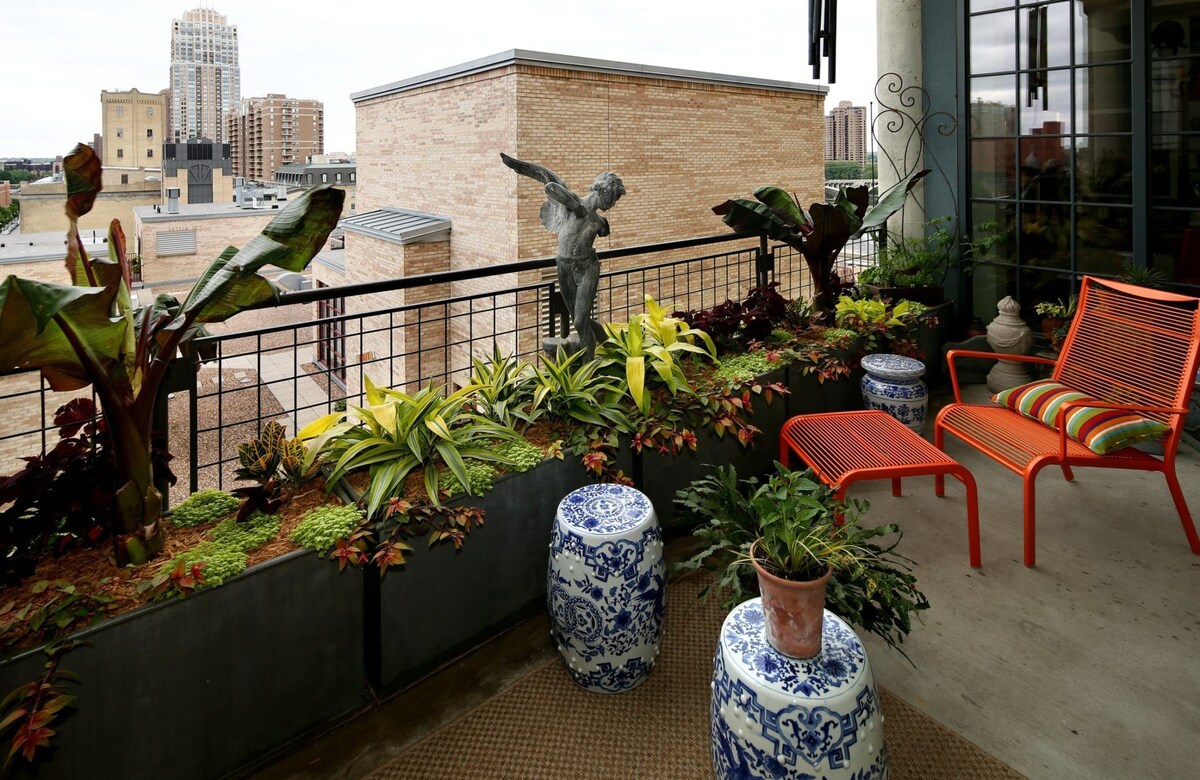
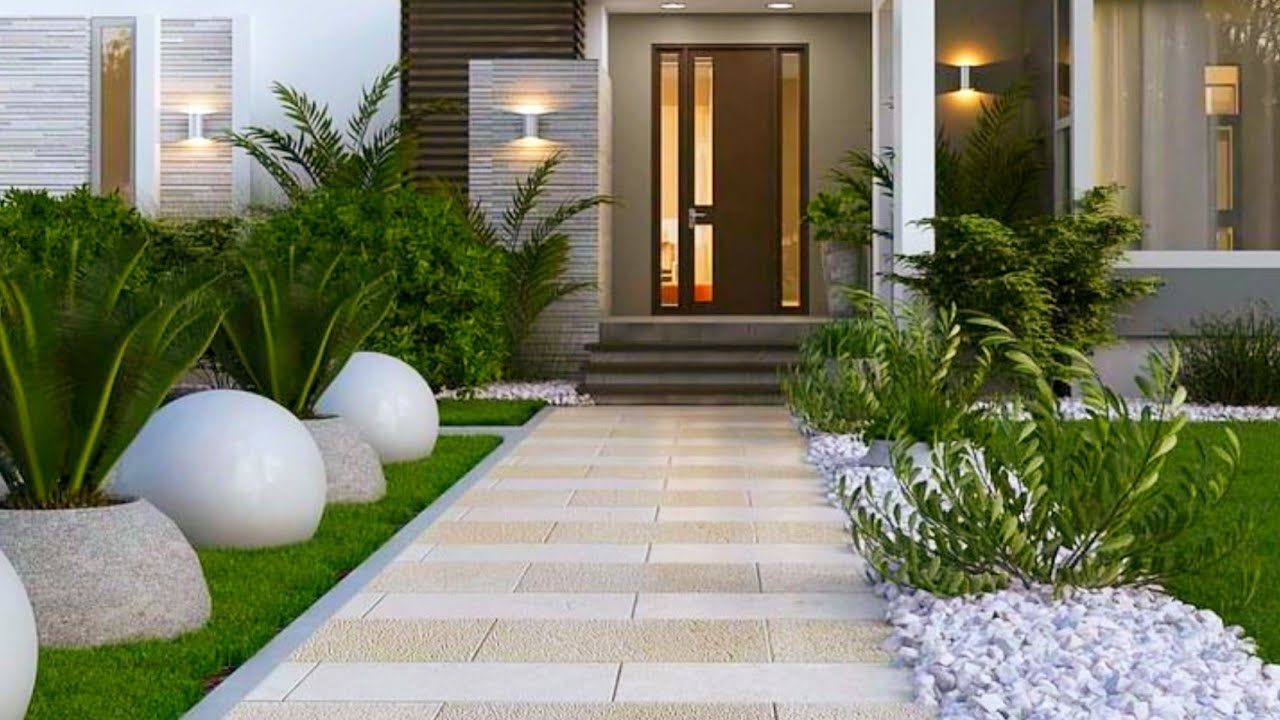
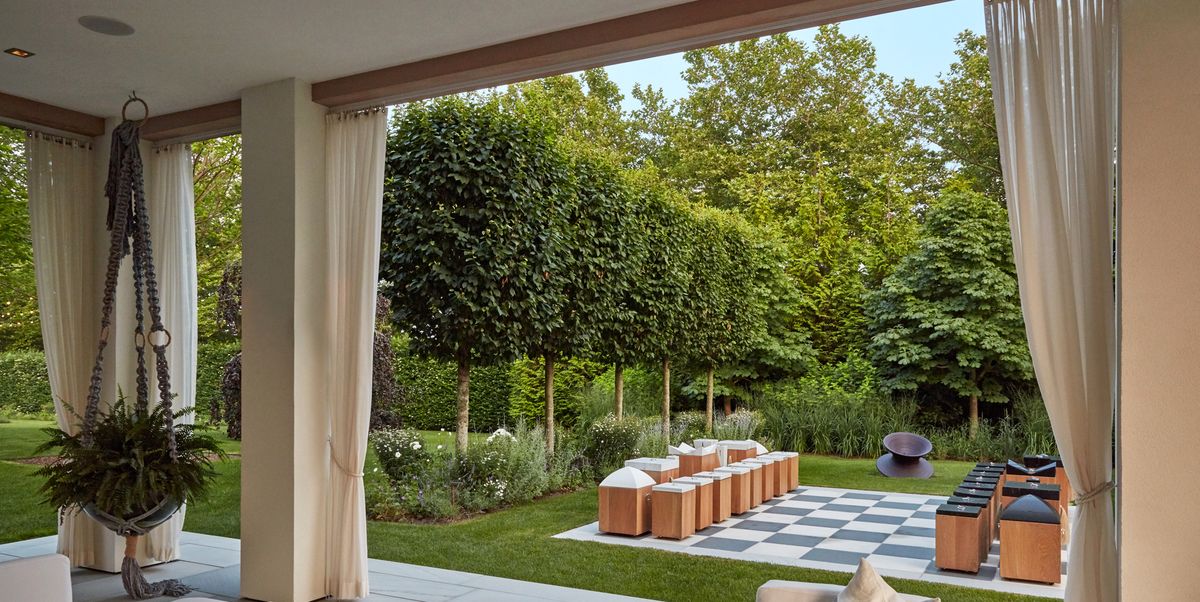
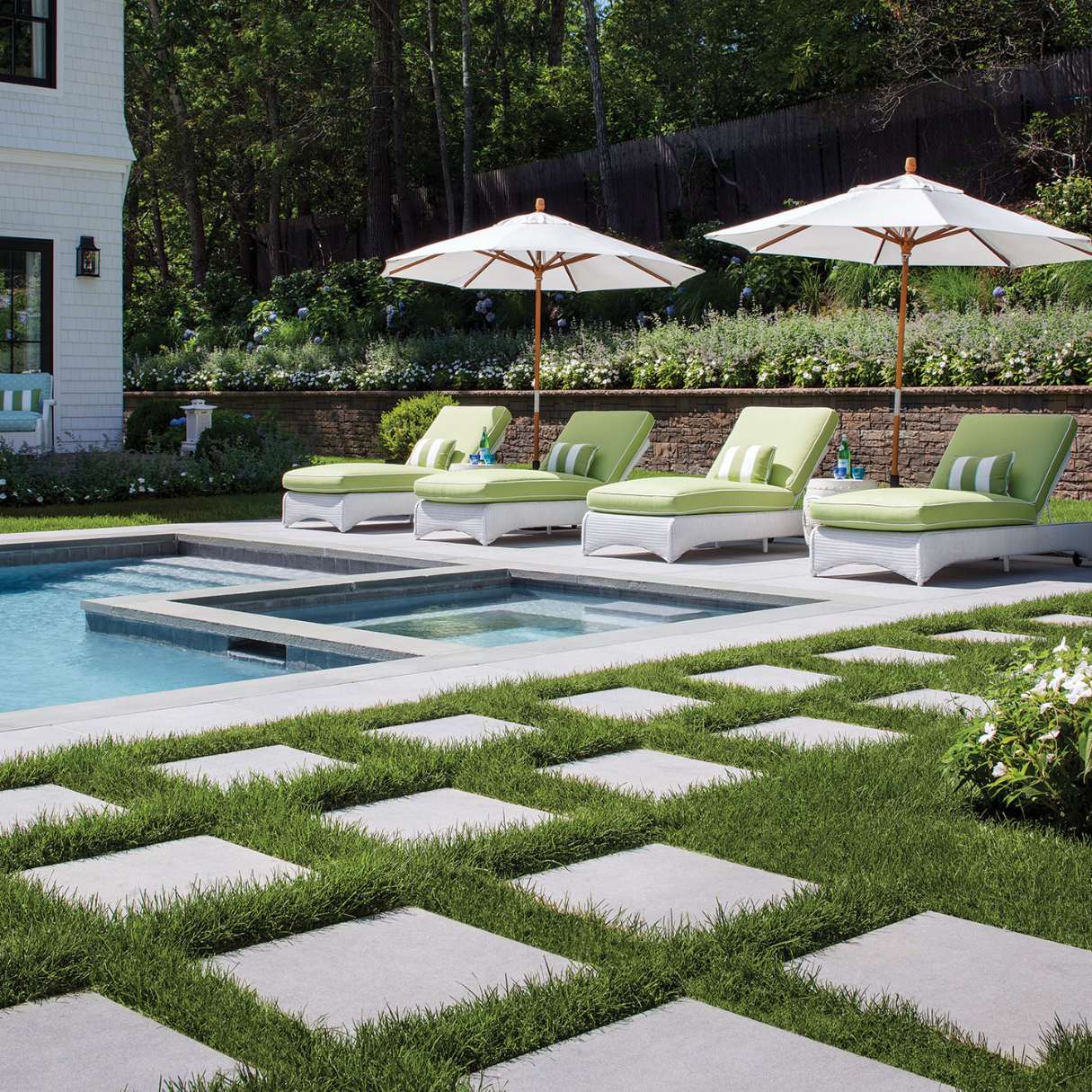
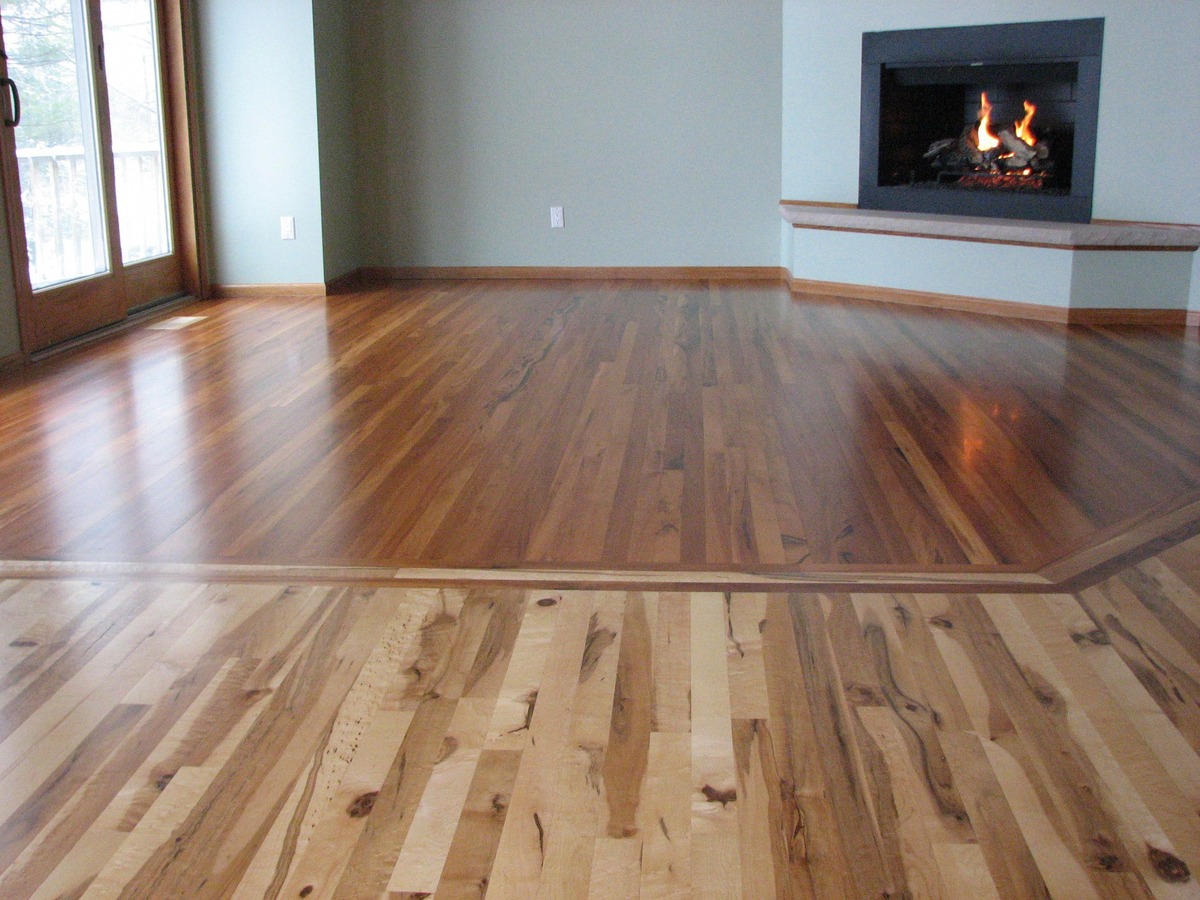
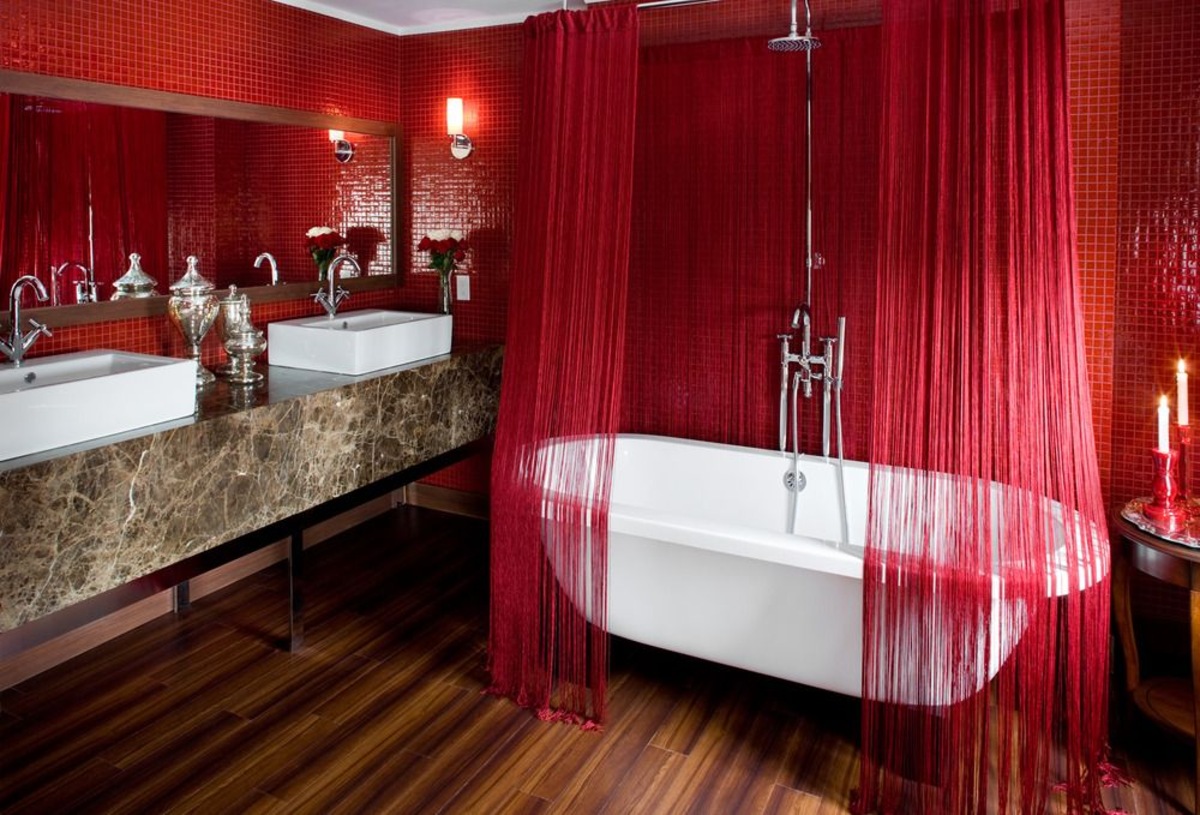
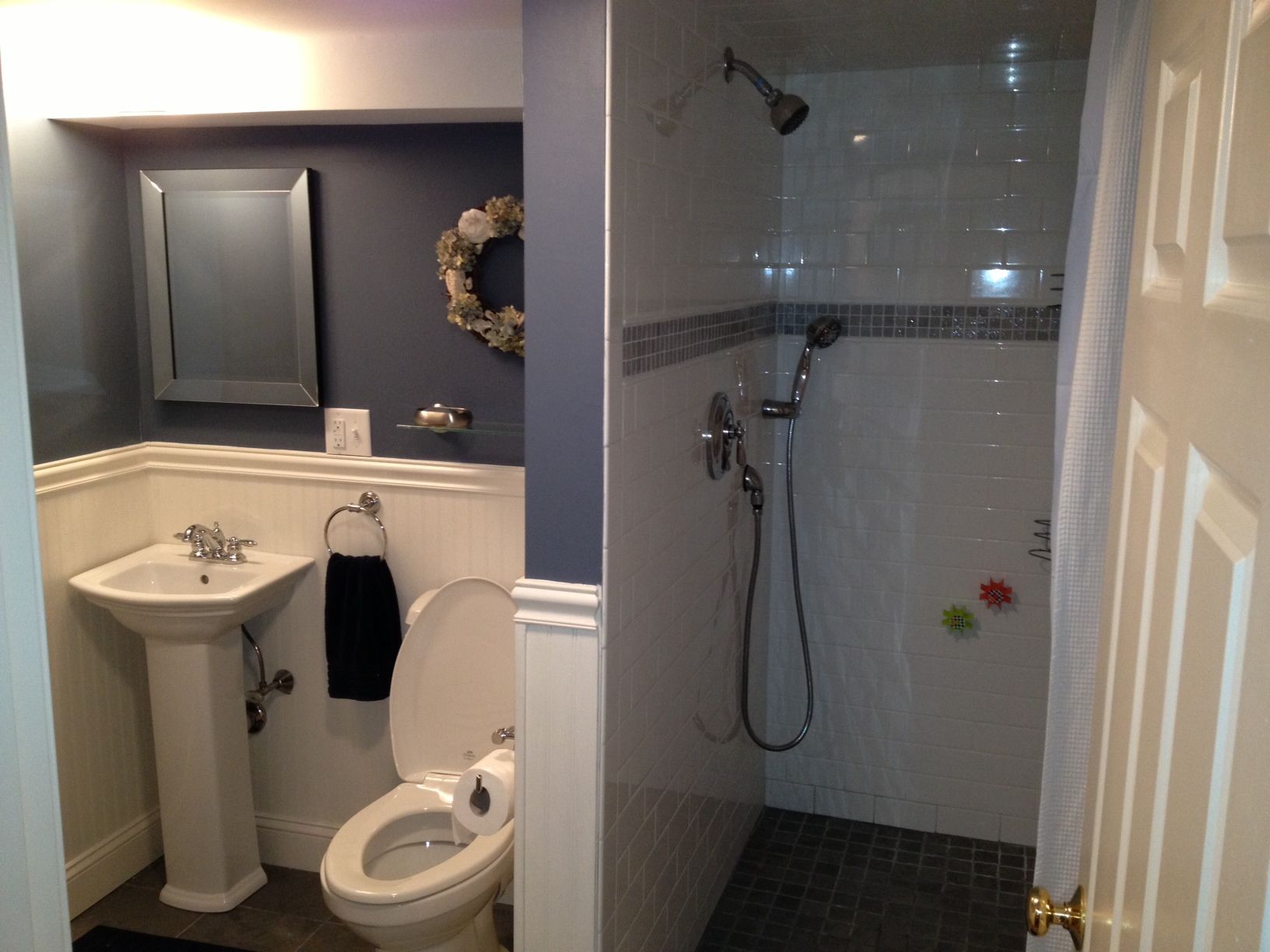
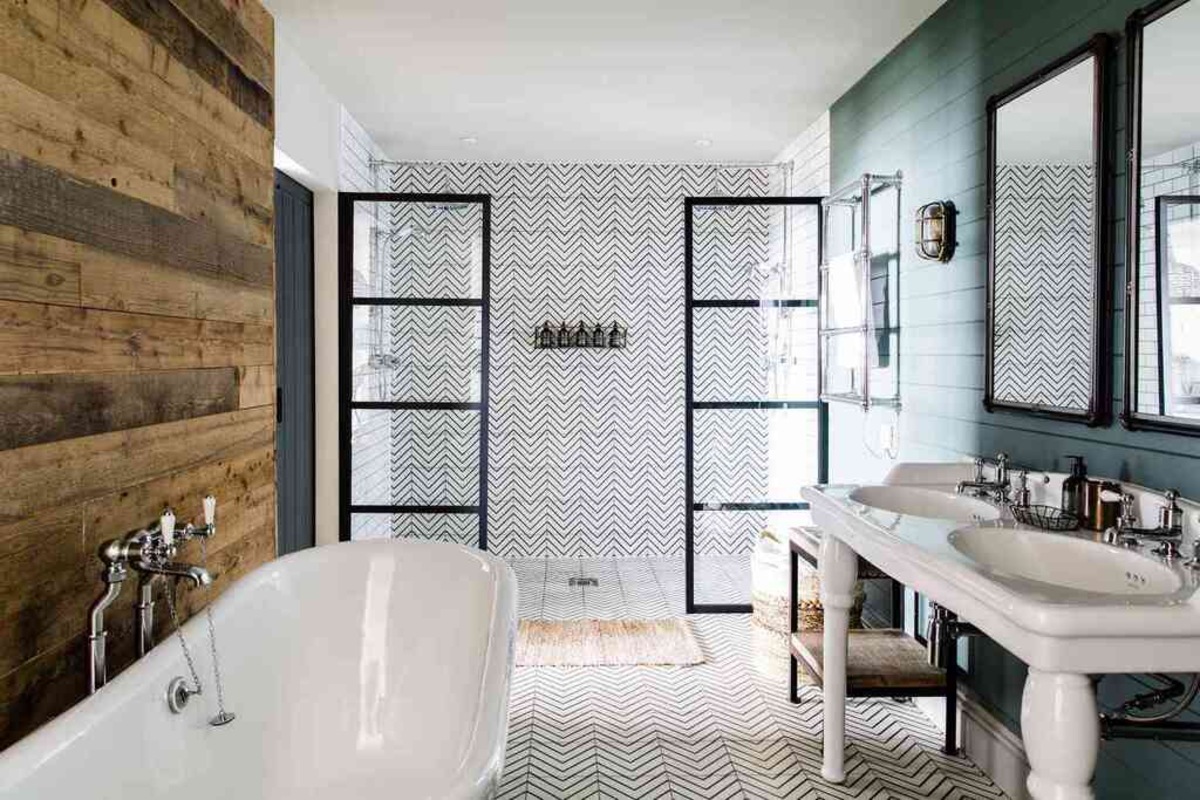
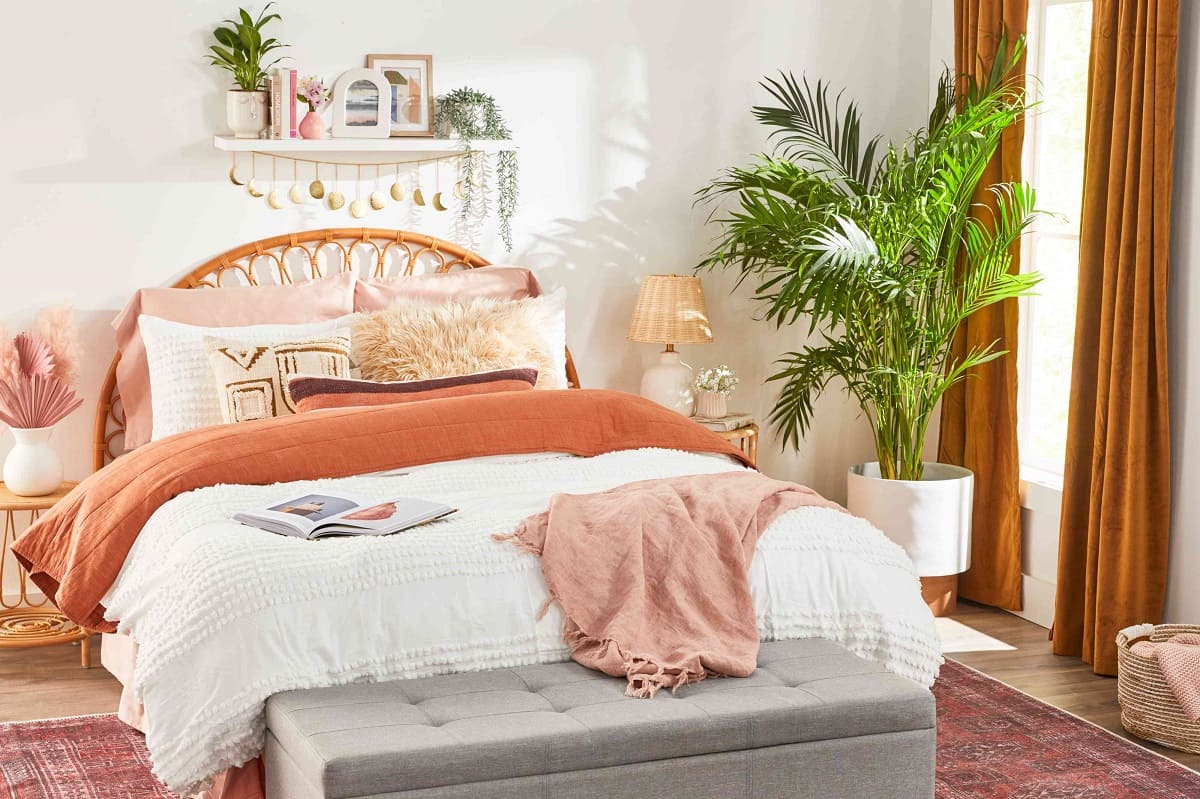
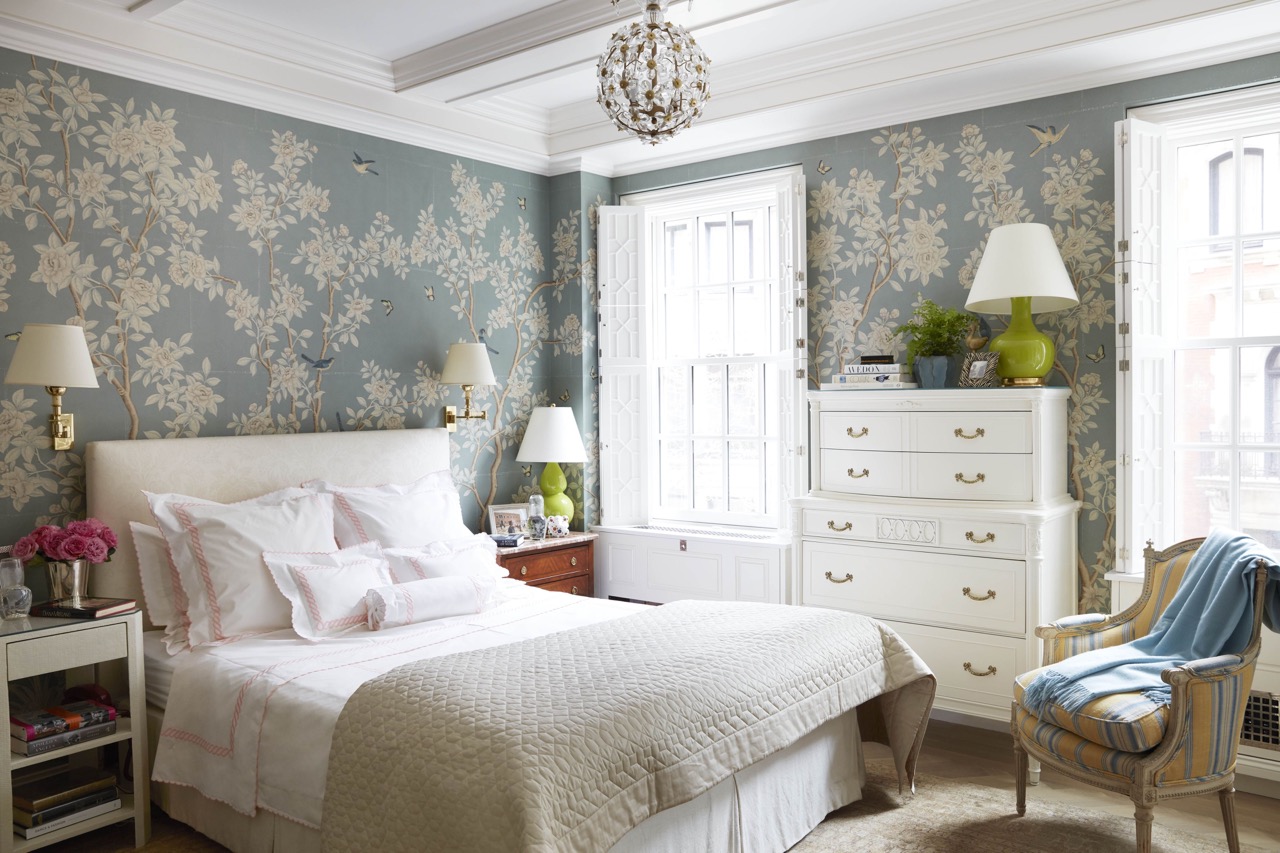
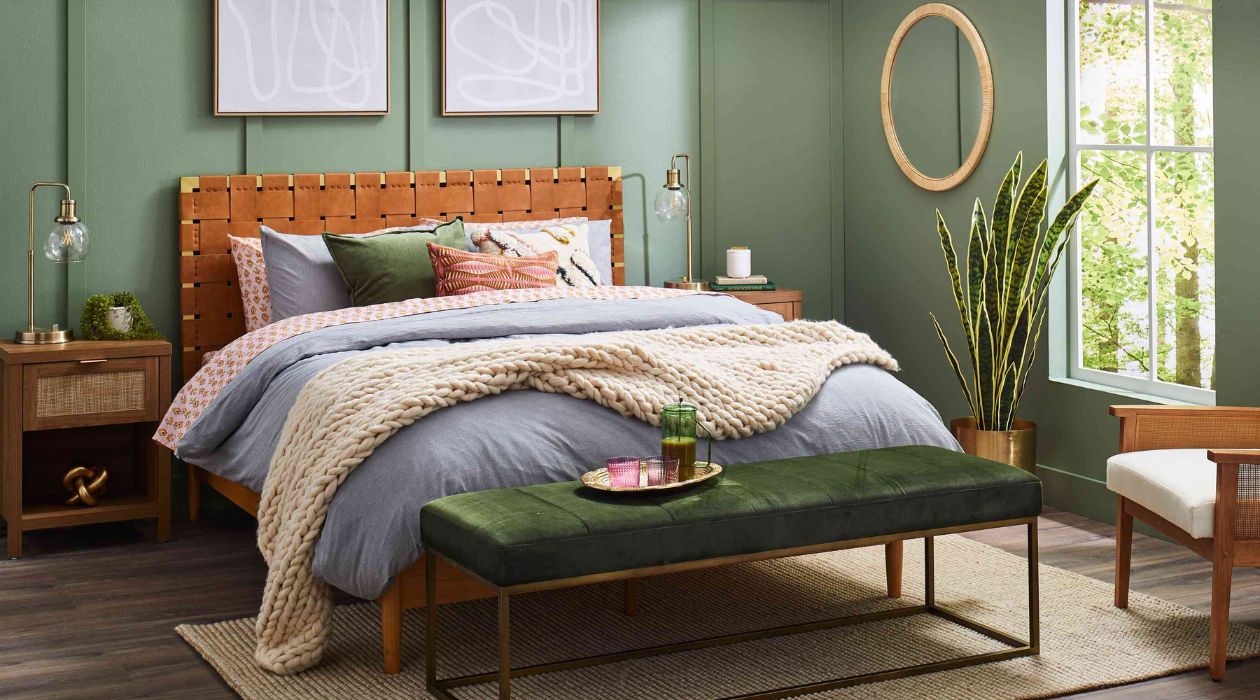
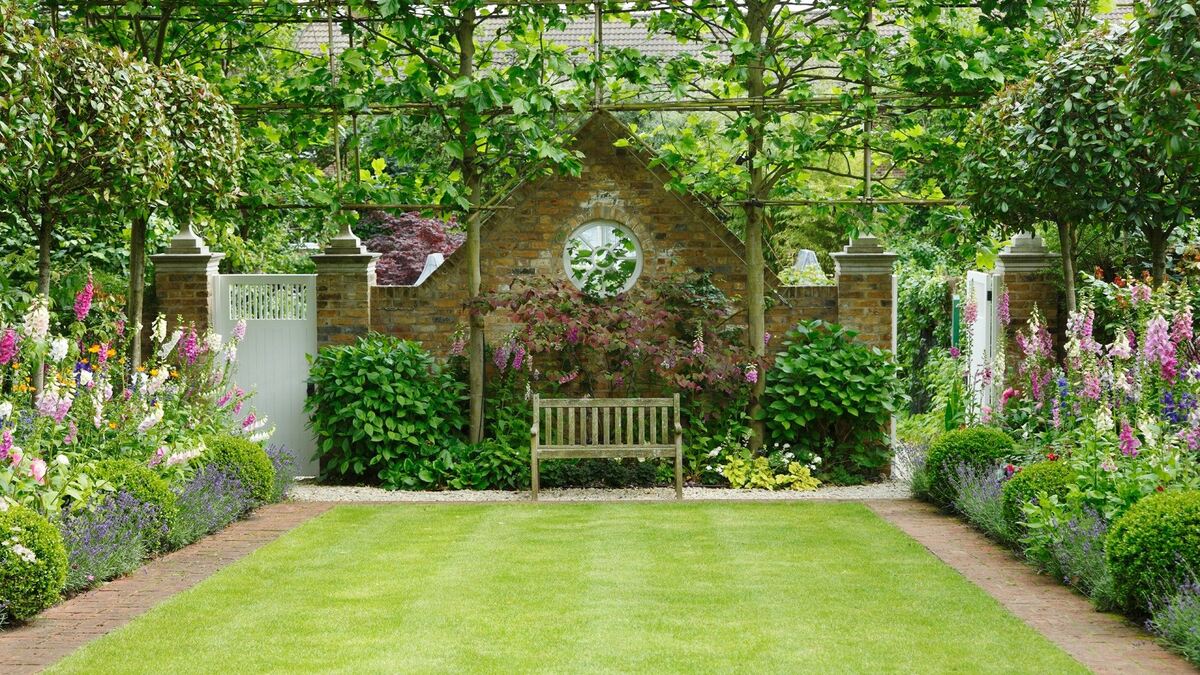

0 thoughts on “Patio Ideas: 28 Ways To Create A Stylish Garden Patio Area”